Ensuring product quality is paramount when sourcing products from emerging markets like China, Vietnam, or Turkey. Pre-shipment inspections, a proven quality control procedure, help you achieve good quality and instill confidence in your import process.
Consider this scenario: You’ve approved a flawless sample and placed an order with your manufacturer. However, upon receiving your shipment, you’re shocked to find it filled with defective items. This nightmare situation can be avoided with a pre-shipment inspection, which allows you to verify the quality of your products before they are shipped overseas, providing you with peace of mind.
Here, we give you an overview of these inspections and how to conduct them. Read on to learn more.
Table of Contents
What is a Pre-Shipment Inspection?

A Pre-Shipment Inspection (PSI) is a quality control procedure conducted on-site at the manufacturing facility. An inspector arrives before the goods are loaded into a container and shipped to a warehouse or distribution center.
The inspector runs through a comprehensive pre-shipment inspection checklist, which is prepared in advance. This checklist covers packaging and labeling, visual inspection, functional testing, physical requirements, special testing, barcode verification, and carton drop testing, ensuring the inspector is fully informed and prepared for the inspection process.
Importers typically use the AQL sampling methodology to check consumer products like furniture, clothing, electronics, and home decor. Since it is often unfeasible to inspect every item that comes off the production line, this method determines a sample size and identifies how many defective goods are acceptable.
Who Conducts the Pre-Shipment Inspection?
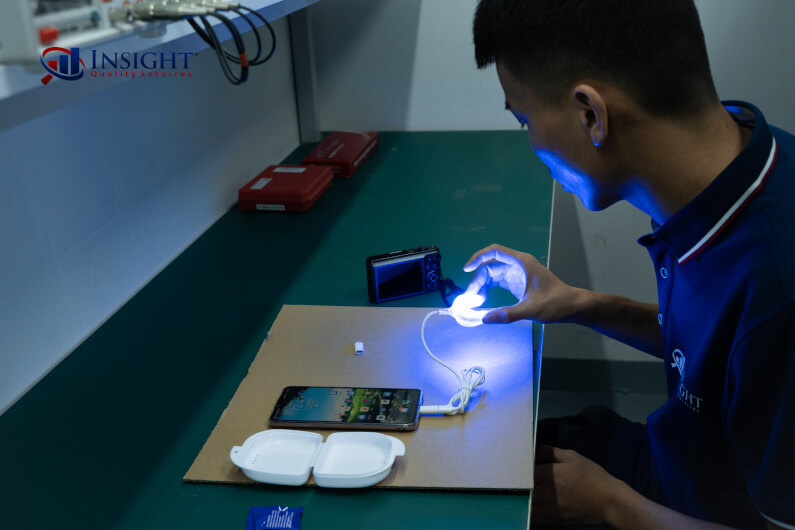
The buyer or a third-party inspection company like Insight Quality Services can conduct the inspection. Companies like ours, which have experienced inspectors in the country of manufacture, can send them to the factory on your behalf.
Of course, the factory should have its own quality control department and procedures. However, sending someone on your own dime to check their work helps ensure objectivity since the inspector is not beholden to factory management.
Some importers have their own full-time quality control inspectors based near the manufacturer. However, companies without these resources tend to hire a third party, and sometimes, full-time teams need our assistance during busy periods.
What is the Procedure for a Pre-Shipment Inspection?
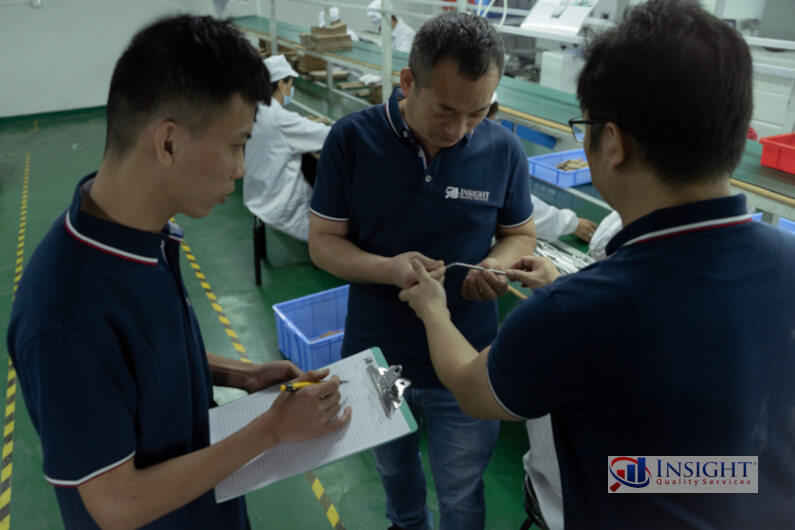
Now, let’s dive into the procedure we follow to conduct these inspections:
Step #1 – Arriving at the Factory
The inspection process begins when the inspector arrives at the factory that produced your goods. They have arranged the appointment in advance to ensure readiness. Upon arrival, they promptly meet with the sales manager to kick-start the inspection process.
Step #2 – Pulling the Sample
Following the preliminaries, the inspector pulls samples for inspection from your cartons, using an internationally recognized statistical sampling method like AQL sampling to determine the quantity for examination. They also set aside items for special testing.
Step #3 – Special Testing
Certain products may require specialized tests based on their functionality or distinctive features. For instance, the inspector might need to check an electronic gadget’s charging capability, which could involve a full-hour charging test. Since specialized tests can be time-intensive, inspectors often begin them at the outset of the inspection process.
Step #4 – Packaging and Label Verification
At this stage, the inspector meticulously checks the packaging and labeling to safeguard against potential problems during transit. Mis-labeling can lead to regulatory issues and delays. The inspector checks carton size, weight, markings, item count per carton, and sealing methods.
Step #5 – Visual Product Inspection
Subsequently, the inspector conducts a visual examination of the chosen samples, scrutinizing for evident defects like missing screws or paint imperfections while assessing overall workmanship. Defects are categorized as minor, major, or critical, aligning with predetermined tolerance levels established before the inspection.
Step #6 – Functional Testing
This phase entails using the product in practice to verify its functionality. For example, an inspector might assess stability when inspecting a dining table by checking for wobbling or rocking legs. They might ensure an alarm clock goes off at the designated time or test the zippers on a garment.
Step #7 – Check Physical Requirements
Inspectors verify adherence to specified product dimensions, including height, weight, and length, as outlined in your order requirements. Using tools like tape measures and calipers, they meticulously confirm that the finished product aligns with the provided specifications.
Step #8 – Barcode Verification
Ensuring barcode accuracy is crucial to preventing shipping delays and complications. Inspectors verify that barcodes are accurately placed on boxes, legible when scanned, and contain correct product and destination information. Additionally, they assess print quality to ensure resilience during international shipping and handling.
Step #9 – Carton Drop Testing
Conducting a carton drop test determines packaging resilience against dropping, piling, tearing, or rupturing during shipment. Typically following globally recognized protocols like ISTA 1A, inspectors determine the appropriate drop height to gauge packaging strength effectively.
Step #10 – Report Compilation and Dispatch
After completing the preceding steps, the inspection company compiles a comprehensive report detailing all conducted tests and their outcomes, with accompanying photographs of defects or areas of concern. This report assigns a pass, fail, or hold status to the shipment, empowering you to make informed decisions regarding acceptance or rejection. Furthermore, it serves as a guide for determining subsequent actions, including potential rework requests for a portion of the products from the factory.
Pre-Shipment Inspections: Insight Quality Can Help
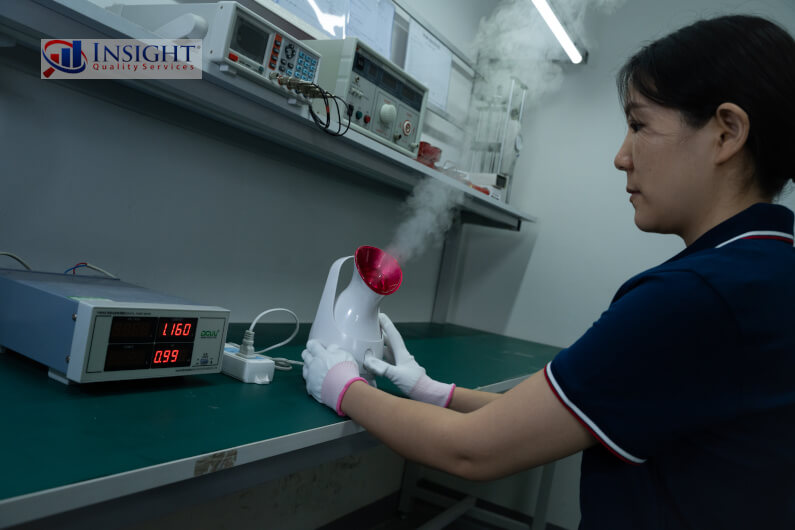
A pre-shipment inspection is a powerful tool that can help you ensure the shipment of high-quality goods that meet your requirements and your customers’ expectations. If you would like more information about our pre-shipment inspection services, please don’t hesitate to contact us to discuss your needs.
Also, download our sample QC inspection report to get a better idea of what a pre-shipment inspection report contains.
Download a Sample Inspection Report
Each time a product inspection is completed, we send you a report with the inspector’s findings. This inspection report gives you key information about the condition of the lot inspected.
It shows the results of each check performed and includes a collection of photos taken by the inspector. The photos allow you to see the condition of the products and packaging exactly as they looked during the inspection.
Note: This article was originally published on August 18, 2021 and updated on May 16, 2024.

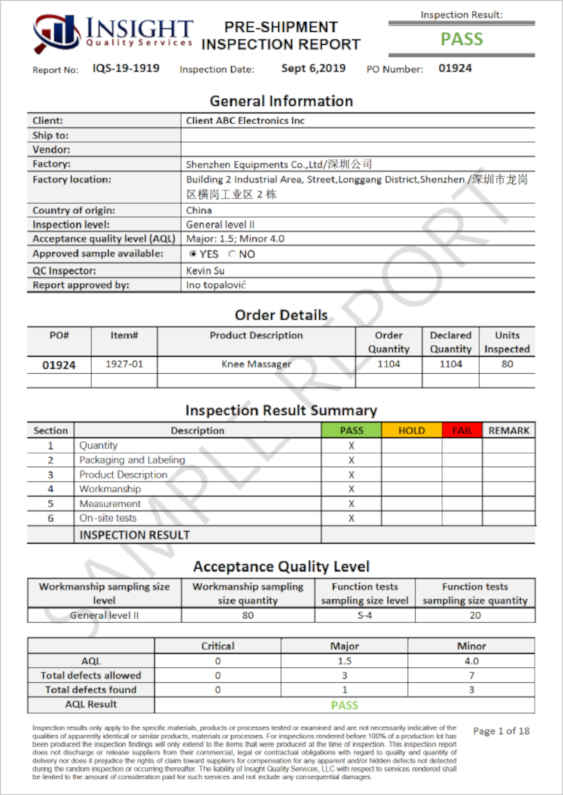

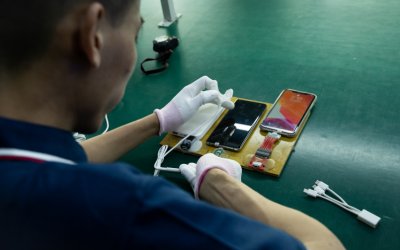
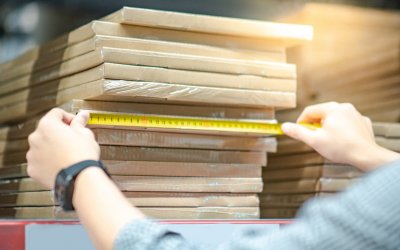
0 Comments